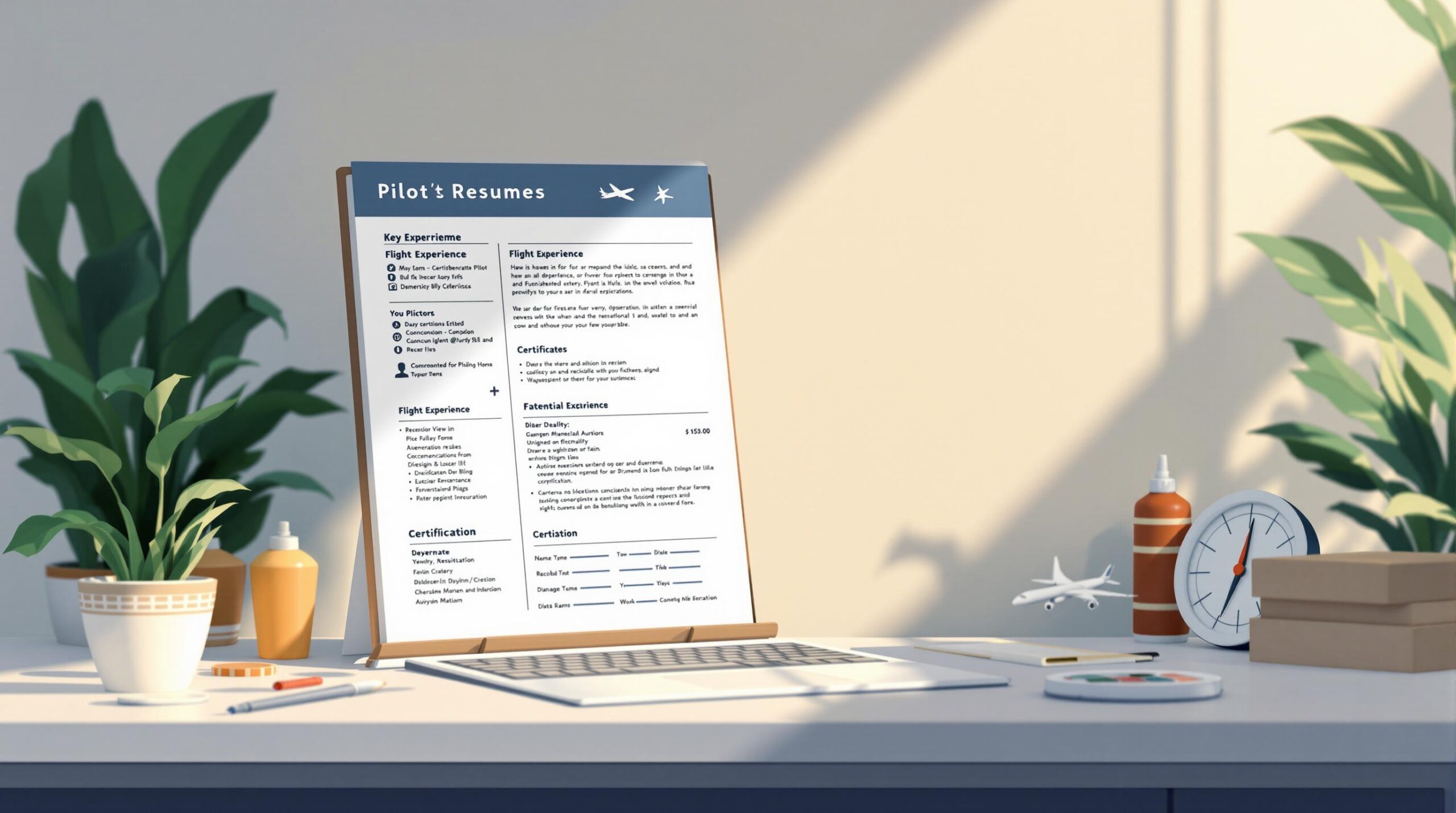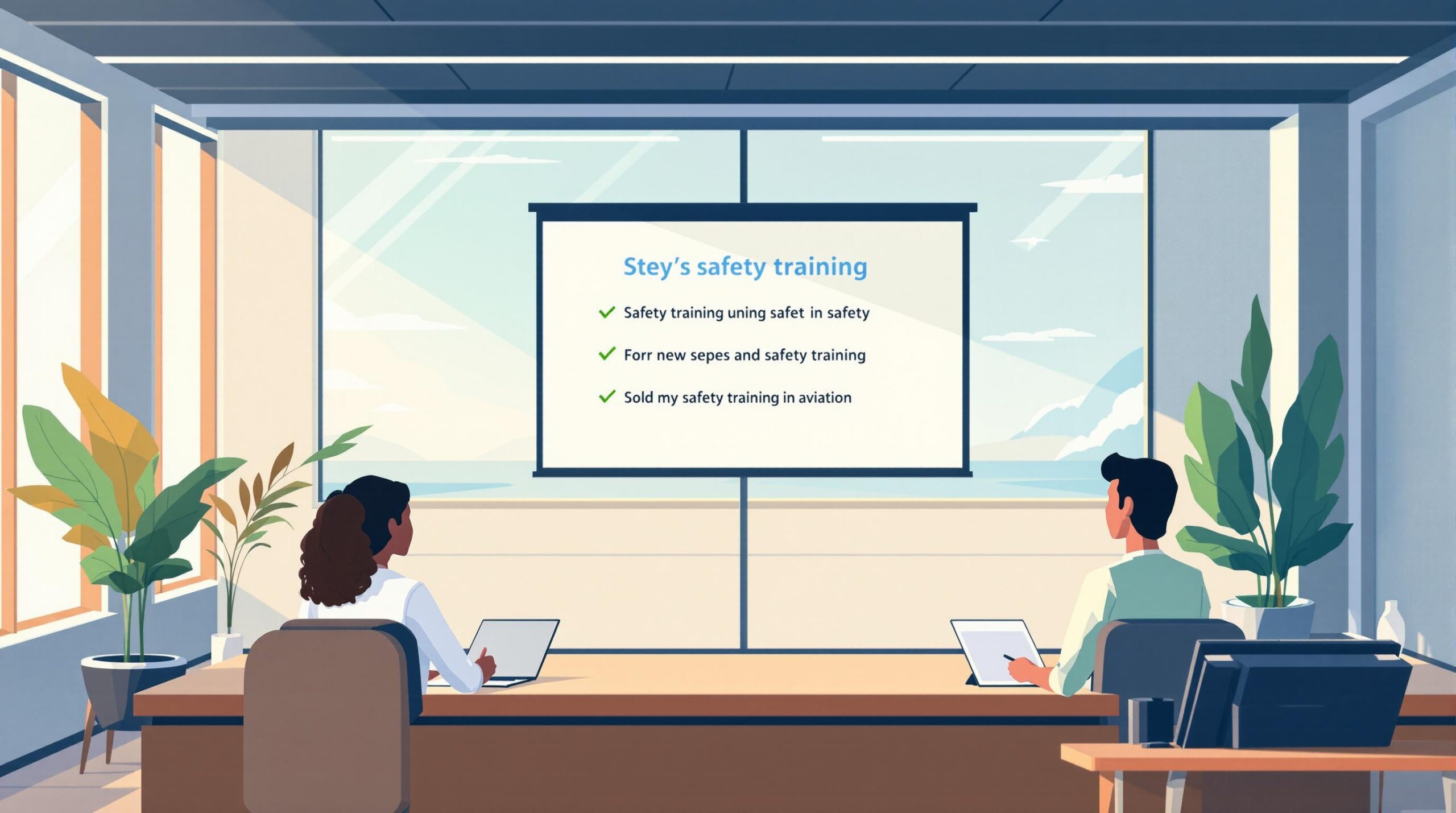Want to stand out as a pilot applicant? Airlines prioritize these key areas:
- Certifications & Hours: ATP or R-ATP certification, 1,500 flight hours, and specific experience like night flying (100 hours) and instrument time (75 hours).
- Education & Medical Requirements: A bachelor’s degree is often preferred, along with a second-class medical certificate (20/20 vision, corrected).
- Skills & Traits: Leadership, teamwork, communication, and a commitment to safety are non-negotiable.
- Experience: Varied flight experience (e.g., multi-engine aircraft, tough weather) matters more than just total hours.
- Safety & Compliance: A spotless safety record and precise logbook entries are critical.
Tailor your resume, keep documentation flawless, and highlight your readiness for modern aviation demands (e.g., automation). Tools like Pilot Pathfinder can streamline the process, but accuracy is key. Show your technical skills, leadership, and dedication to safety to stand out in this competitive field.
Key Skills and Qualifications Airlines Prioritize
1. Aviation and Technical Skills
Airlines heavily focus on pilots’ technical knowledge and certifications. Beyond the required Air Transport Pilot (ATP) or R-ATP certificate, pilots need to show familiarity with modern cockpit systems and a solid grasp of aviation regulations [1]. Having type ratings for specific aircraft is a big plus, as it shows expertise with certain models.
Flight experience matters, but it’s not just about logging hours. Airlines look for varied experience – like flying multi-engine aircraft, handling international routes, or navigating tough weather conditions. The type of experience often counts more than the total hours logged [1][2].
2. Leadership, Communication, and Team Skills
Flying an airplane isn’t just about technical know-how. Leadership and teamwork are crucial, especially in emergencies or high-pressure moments. Pilots need to make quick, sound decisions while working closely with the crew. Clear communication is another must – whether it’s with the team, passengers, or ground staff. Strong communication ensures everything runs smoothly, from in-flight operations to routine documentation.
3. Safety and Compliance
A spotless safety record and a commitment to following rules are essential. Airlines carefully review a candidate’s history with safety protocols and aviation regulations. Meeting medical and regulatory standards, like vision and fitness requirements, is non-negotiable [1].
Pilots who stay updated on industry changes, take extra safety training, and focus on risk management show they’re serious about professionalism. A history of making safe, well-thought-out decisions in tricky situations can make a pilot stand out as a top candidate.
Effectively showcasing these skills and experiences in your application can give you an edge in a competitive market.
Strategies for Creating a Strong Pilot Application
1. Tailoring Resumes and Cover Letters
Customized resumes and cover letters can make a big difference. Highlight your relevant experience, certifications, and achievements that match the airline’s requirements. For example, mention specific aircraft you’ve flown or leadership roles you’ve held. Use concrete examples to show your technical skills, leadership qualities, and dedication to safety.
Once you’ve tailored these materials, double-check your logbook and other supporting documents to ensure everything is accurate and ready for submission.
2. Ensuring Logbook Accuracy and Documentation
Keeping your logbook accurate and well-organized is a must in aviation. It serves as a permanent record of your experience, so make sure every entry is correct and up-to-date. Also, organize your supporting documents so they’re easy to access when needed.
Have digital backups of key documents like medical certificates, type ratings, training records, and flight hour verifications. Statistics reveal that only 50% of applicants qualify for positions after completing training and interviews at regional airlines [2]. Staying organized can give you an edge.
Modern tools can help simplify this process and ensure your application is polished.
3. Using Tools Like Pilot Pathfinder

Specialized tools like Pilot Pathfinder can save time and reduce errors in the application process. Features like logbook integration, automatic form filling, and interview prep resources make it easier to submit a professional application. These tools help ensure your submission is accurate and complete.
Even when using such tools, accuracy is key. Double-check that all imported data matches your physical logbook and that your digital profile reflects your qualifications and experience correctly. Taking this extra step can make a strong impression.
sbb-itb-de05b1b
Insights from Airline Recruiters
1. Current Trends in the Industry
The aviation world is changing fast, especially with the growing use of unmanned aircraft systems (UAS). This shift means pilots now need to master not just traditional flight skills but also handle automation and stay on top of new technologies.
Recruiters are increasingly focusing on candidates who can meet these evolving demands. It’s not just about meeting the standard requirements anymore – it’s about excelling in this new, tech-driven environment.
2. Recruiter Preferences
Airline recruiters are always on the lookout for candidates who stand out. What makes someone stand out? Experience and qualities like:
- Adapting well to new aviation technologies
- Strong leadership in team settings
- A commitment to ongoing learning and development
- The ability to solve problems under pressure
Having experience as a Certified Flight Instructor is a big plus. It shows technical know-how and leadership – two things airlines value highly. This role also highlights decision-making and teaching skills, which can set you apart from the competition.
Recruiters also pay close attention to candidates who bring:
- Experience with scenario-based training
- Hands-on flight instructor experience
- A track record of handling tough situations effectively
If you’re preparing your application, focus on showcasing these skills in your resume, logbook, and interviews. Highlighting these experiences can show you’re ready to meet the industry’s growing emphasis on automation and safety. By aligning your application with what recruiters are looking for, you’ll be in a stronger position to stand out in this competitive field.
What To Include On A Pilot Resume + Pilot Skills
Conclusion: Key Points for Aspiring Pilots
To create a strong pilot application, focus on these important aspects drawn from industry insights and recruiter feedback:
- Showcase Technical Skills and Leadership: Highlight your expertise in modern aviation tools and your ability to keep thorough records. If you’ve worked as a Certified Flight Instructor, this can emphasize both your technical skills and leadership experience.
- Commit to Professional Development: Aviation is constantly changing. Stay updated on automation systems and safety procedures, and include details of any training that reflects your dedication to staying ahead in the industry.
- Perfect Your Application: Use resources like Pilot Pathfinder to double-check your application for accuracy and consistency. Paying close attention to the details can make all the difference.
- Highlight Safety Experience: Share examples of how you’ve applied safety protocols, participated in scenario-based training, and made sound decisions under pressure. And, of course, a spotless flying record is a must.




